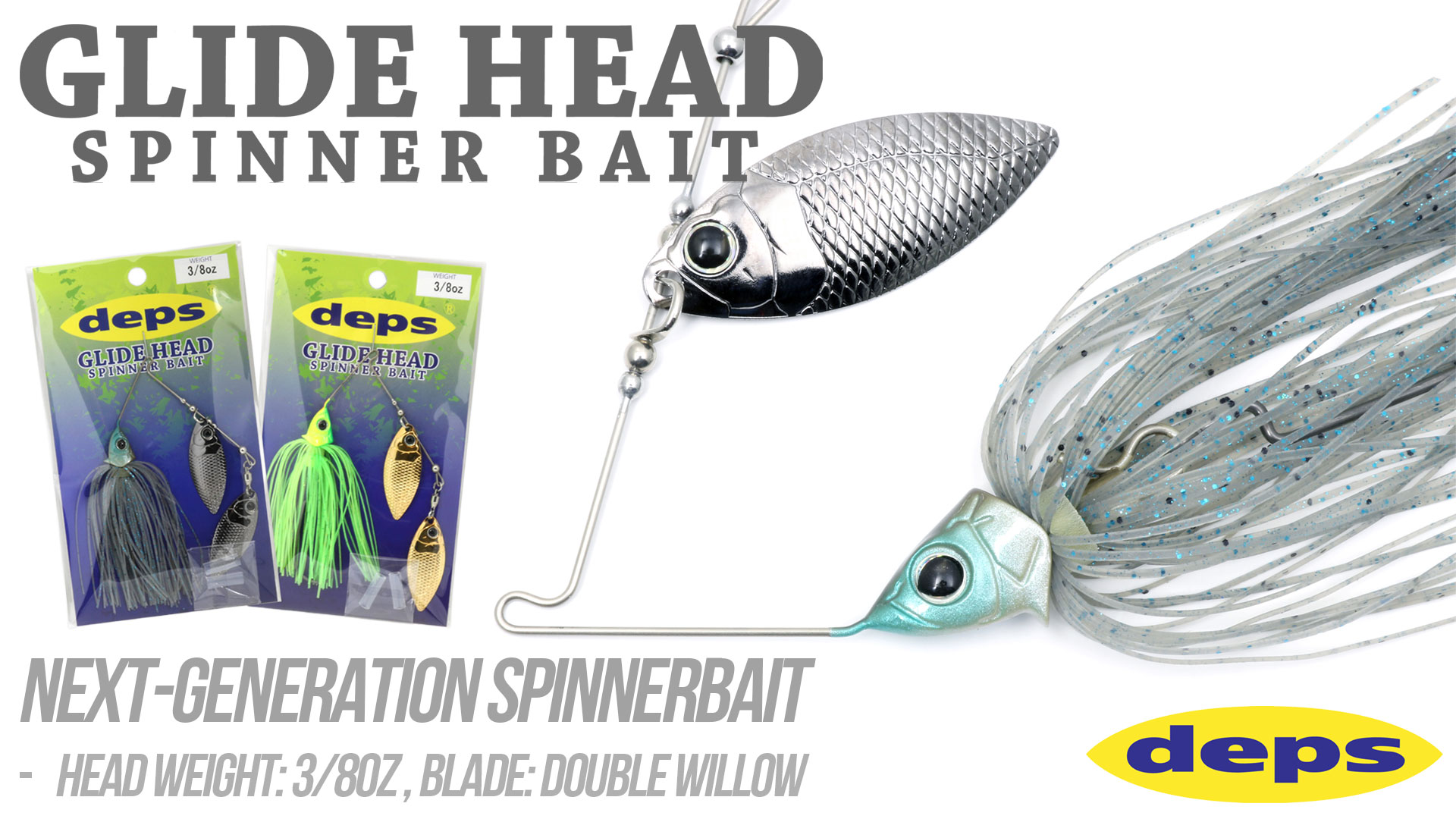The road to the Bassmaster Classic is not easy via any of the available paths, but the Federation route may be the toughest, at least in terms of sheer numbers. An angler has to qualify from his state, then be the top angler from his state at the Divisional, and then be the top angler from his region at the National Championship. It’s a war of attrition that Connecticut angler Paul Mueller ran the gauntlet on this year, and as a result he’s headed to Alabama’s Lake Guntersville next month to fish against the world’s best.
Obviously, his path to the Classic came about through hard work, studious scouting and good on-the-water decisions, but he credits much of his success to the Reins Ring Craw, a stout soft plastic that he calls “the ultimate tough condition bait.” He used it at the Divisional at Maine’s Lake Sebago, and then in a totally different way at the National on Lake Dardanelle in Arkansas, but in both cases he’s convinced that it put him over the top.
“Fishing had been very difficult at Sebago,” he recalled. “It seems like things had been off across the region, all across the board, and it was one of the toughest tournaments I’ve ever fished. I figured out a key to getting bigger bites on the second day, and it was a brown Punisher SmallJaw Shakey Jig with a green pumpkin with blue flake Reins Ring Craw on the back. Any time you have extreme situations – whether it’s extreme cold or just tough – that’s my go-to trailer. There’s nothing else like it.”
The key, he explained, is that the material floats and that at rest the claws stick up in a lifelike defensive manner.
“When you pause it, the claws go down and then stick up,” he said. “It’s incredible how many fish you catch because of that.”
At Dardanelle, a major cold front hit the lake starting on the first day of the tournament and lasted through the second day, which made things tough for almost all of the competitors, including Mueller. “I had my back up against the wall,” he said. He had located some shallow grass fish during practice, and deduced that under the trying conditions they’d likely go into the thickest, gnarliest area in the grass that they could find.
“I had to search for it, but I found one little stretch with a thick mix of coontail and hyacinth.” Most plastics wouldn’t get through it unscathed, but the compact Ring Craw, paired with a 1.2 ounce Reins tungsten flipping weight, flew through without accumulating any presentation-wrecking grass. He paired the lure with a 2/0 Mustad straight shank Denny Brauer model flipping hook, which “fits it perfectly.”
“I’d let it hit bottom and then bring it back up to the canopy,” Mueller said. “I’d let it sit there and then all of a sudden the whole mat would shake and it was on. I caught the two biggest bass in my bag that way on Day Two and my biggest bass on Day Three doing that.” He noted that the heavy weight not only allows it to penetrate the cover, but also provides more action than a lighter weight. “The claws are very subtle, but that heavy weight creates a lot more movement.” At the same time, he didn’t have to go up to a 2 ounce weight as you might with some other flipping baits, which allowed him to control the fall rate much better.
His preferred color at Dardanelle was BB Craw, a black/blue top with a bottom half that Mueller described as “light pumpkin with red and gold flake.” He said it “looked just like the shad at Dardanelle, light with a dark back,” and that’s why he thinks it worked so well. He uses a full range of colors, but that plus various shades of green pumpkin are his mainstays. The craws back home in Connecticut often have a bluish hue to them, so that’s why he dotes on the green pumpkin with blue flake models.





